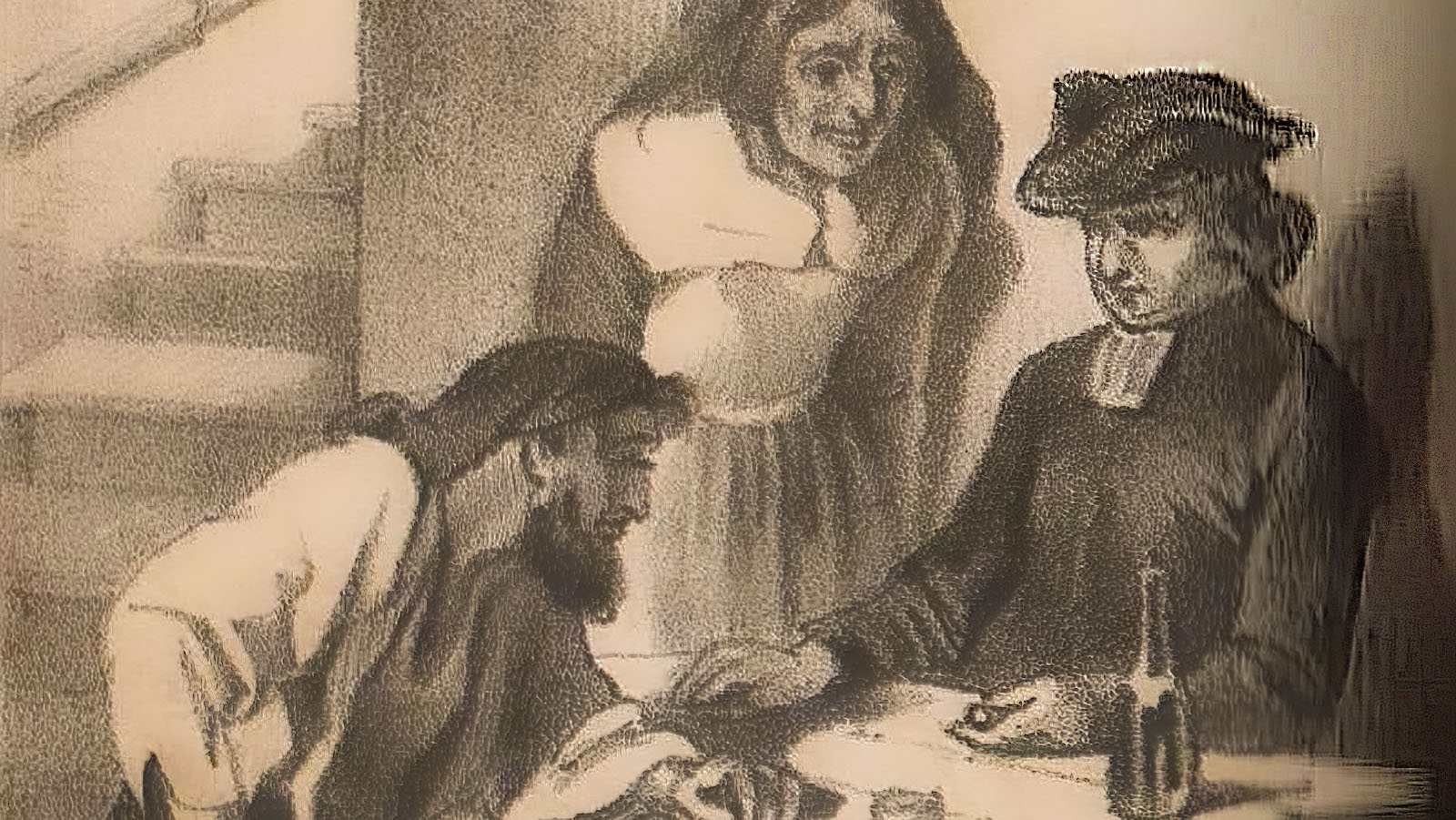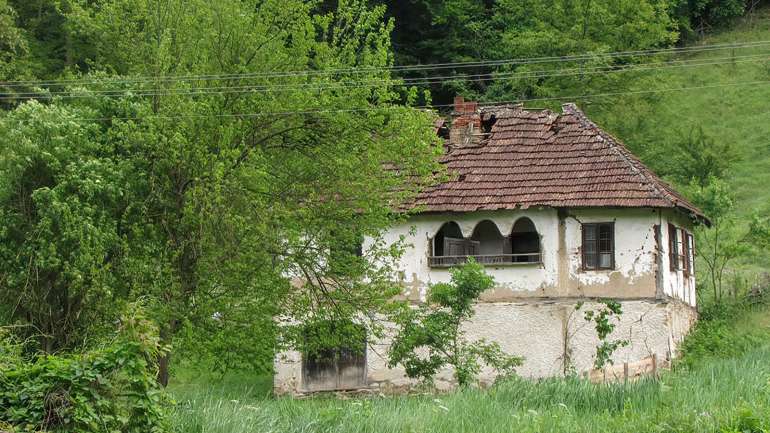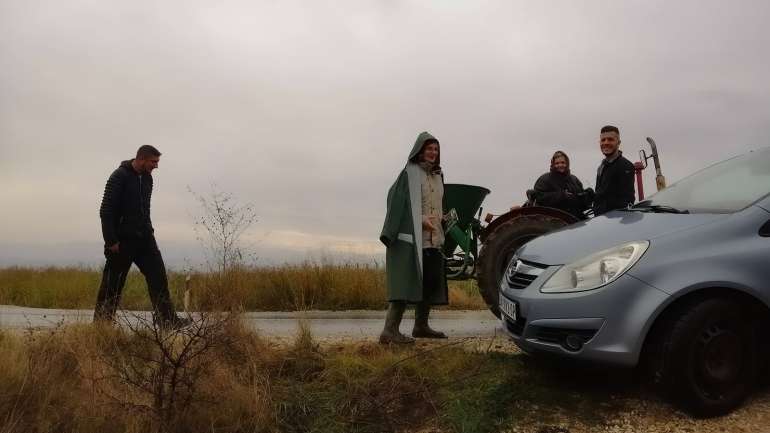By: Branislav Cvetković, museum advisor
Collection of Old and Rare Books of our museum, being inexhaustible in wealth of data, also keeps edition of one of the most popular adventure novels, the three-volume Count of Monte Cristo, by the famous French writer Alexandre Dumas the Father (1802-1870), who had authored dozens of works in different genres, from drama, fantasy and adventure to history and documentaries. Many have not only been translated into all world and minor languages, but often have been adapted for theater, film and television – it is enough only to mention his Three Musketeers…
Serbian edition under the title Count of Monte-Hristo appeared as early as 1855 in the translation of Milan David Rašić (Zemun 1825 – 6 February 1875 Belgrade), a writer, lawyer and publisher, a protégé of Serbian princes Miloš and Mihajlo, and therefore one of the most fervent followers of the Obrenović dynasty. Although his works were not considered of high quality, the obituary on the occasion of his death in Javor magazine points out that as the publisher of calendar Vojvodina (which he published in Vienna 1853-1859), and due to his translations of Dumas and the novel Uncle Tom’s Cabin in 1853/4, he largely influenced increase of readership among Serbs. As a lawyer, he was a lecturer at the Semi-Gymnasium in Belgrade, as well as in Svishtovo in Bulgaria and Vienna. After the first edition, his Monte Hristo had a second edition in 1864, and the printing of both was generously helped by the great public benefactor Ilija M. Kolarac (1800-1878), to whom Rašić dedicated both of these editions with letters of praise. Its background is very interesting since a leaflet, now in Matica Srpska Library, testifies to the idea that part of subscription funds be used to erect monument to Dositej Obradović, an idea that 60 years precedes erection of the one that stands today on Students Square in Belgrade. In the leaflet, there is also Becker’s drawing of the imagined monument: the wreathed Dositej, draped in toga and with a book in his hand, stands on a pedestal next to which are seated personifications of Knowledge and Glory…
Our copy consists of three bound volumes of various editions, but also differently preserved, so the first one even has hand-marked foliation because the original pagination is almost completely destroyed. The first one was printed in Belgrade, by Printers N. Stefanović and Comrade in 1864, the second in Vienna by the Armenian Monastery in 1856, and the third by the Printers Somer in Vienna in 1855. There are several lithographic illustrations, the author of which was the Austrian graphic artist M. Becker. In several places in the book there are signatures in Latin and Cyrillic of its former, perhaps the first, owner. It was a certain Lazar Gardinovachki, who in one place wrote the following along his name: in Gros Becskerek, Banat. It was actually the city of Veliki Bechkerek, i.e. Petrovgrad (1934-1946), which has since been called Zrenjanin. Thanks to our colleagues from the Museum and Archives in Zrenjanin we know that this was one of well known peasant families of this Banat city, whose descendants still exist today, and archival data mention Lazar Gardinovachki (1879-1941), a city delivery man with completed 4th grade of elementary school.
A very interesting entry on a book sheet contains the original lyrics: Serb is a rock, Serb is a stone, Serb is a hero, Serb is a flame, written by another hand. These patriotic poetic lines were most likely inspired by the very novel from the Romanticist period, the literary plot of which is built on historical events from 1815-1838, including two restorations of the Bourbon monarchy in France and the Napoleon era…





